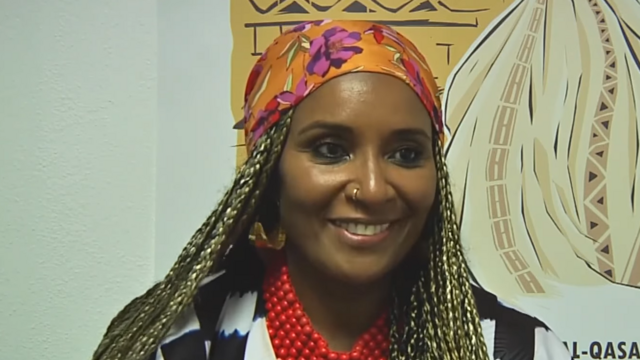In Guinea-Bissau, music is more than performance—it is memory, expression, and identity woven into rhythm. Across villages and city streets, the pulse of drums and the shimmer of string instruments carry the stories of a nation whose cultural heritage remains as varied as its ethnic mosaic.
The Balanta, Fula, Mandinga, and other communities sustain distinct musical traditions, yet their expressions converge around shared themes of resilience and belonging. Music accompanies weddings, funerals, harvest celebrations, and political rallies, transforming social life into song. It marks both personal milestones and communal rituals, underscoring how sound and ceremony are inseparable in daily existence.
The instruments themselves speak of place and craft. The ngoni, a plucked lute with roots deep in West Africa, and the xequeré, a gourd rattle encased in beads, feature prominently in many performances. Drums—handmade from wood and animal hide—form the backbone of these ensembles. Their beats, at once raw and precise, echo the cadence of labor, of prayer, of movement across the land. Instrument makers are often revered not only for their artistry but for the role they play in sustaining cultural continuity.
Lyrics, too, hold a dual role as entertainment and commentary. Traditional songs recount ancestral stories or agricultural cycles, but they also address present struggles—political tensions, economic hardship, or calls for unity. In this way, music functions as an audible archive, carrying both historical memory and the immediacy of current affairs.
Dance completes the circle. Movements tied to ancestral spirits or agricultural rituals unfold alongside the music, transforming sound into spectacle. These performances are not staged diversions but social dialogues in motion, where past and present meet on the dance floor.
In recent years, the influence of global sounds has seeped into Guinea-Bissau’s evolving music scene. Afrobeat, hip-hop, and other contemporary genres blend with traditional forms, producing hybrid styles that appeal to younger generations while retaining the cadences of their roots. Local artists experiment freely, bridging tradition with innovation, and ensuring that music continues to serve as both cultural anchor and evolving narrative.
Amid political uncertainty and economic fragility, the music of Guinea-Bissau remains a steady presence. It is both mirror and lifeline: reflecting who the people are, while binding them to the continuum of their past.
Sources
- Mendy, Peter Karibe. Historical Dictionary of the Republic of Guinea-Bissau. Scarecrow Press, 1996.
- Lopes, Carlos Cardoso. “Culture and Identity in Guinea-Bissau.” Africa Today, vol. 38, no. 2, 1991, pp. 33–45.
- Charry, Eric. Mande Music: Traditional and Modern Music of the Maninka and Mandinka of Western Africa. University of Chicago Press, 2000.
- United Nations Educational, Scientific and Cultural Organization (UNESCO). “Intangible Cultural Heritage: Traditional Music of West Africa.” UNESCO, 2023.


